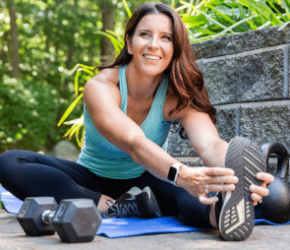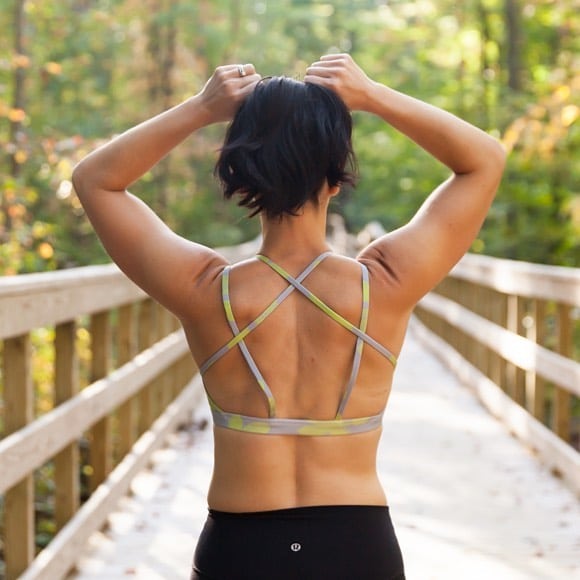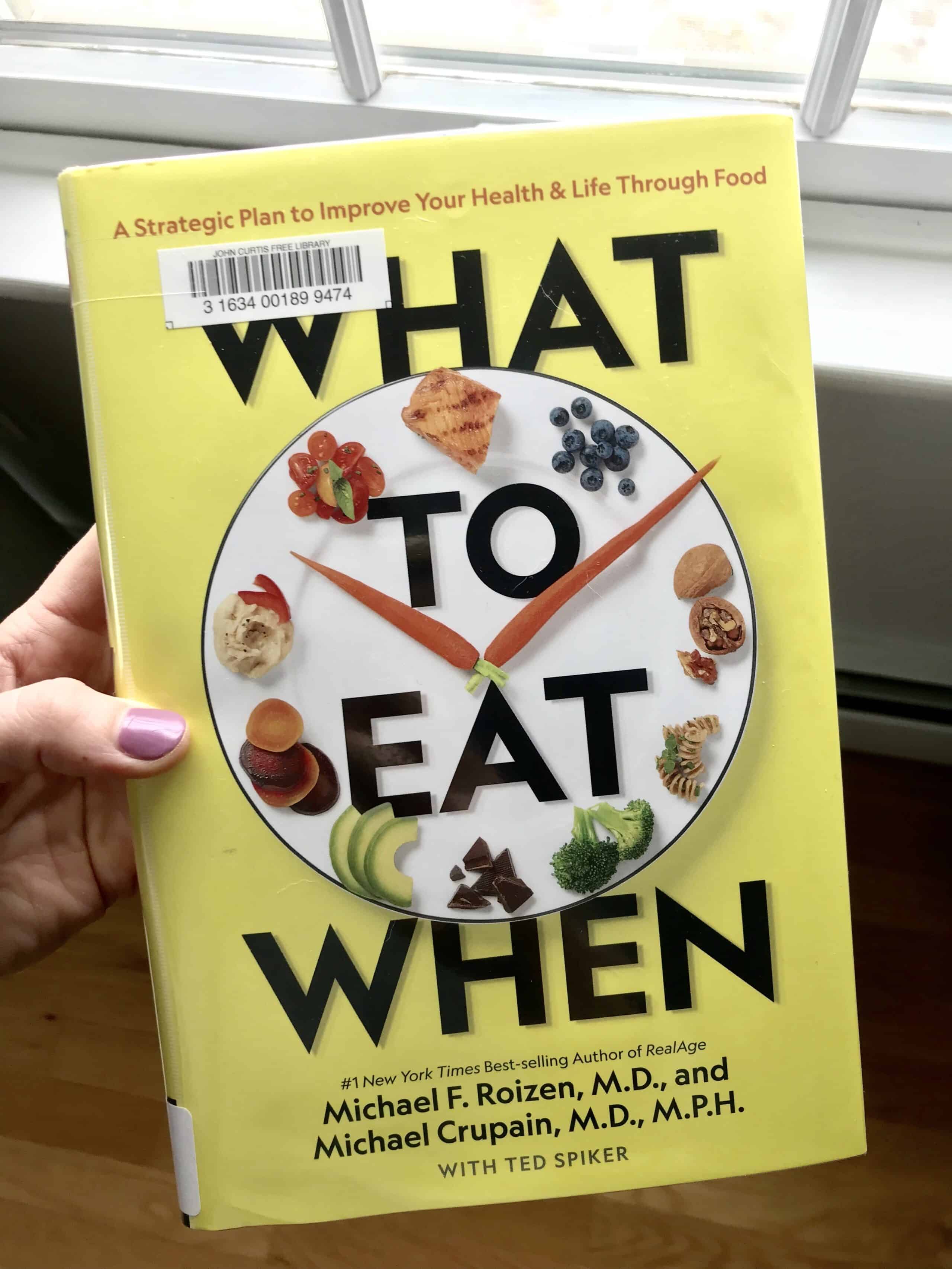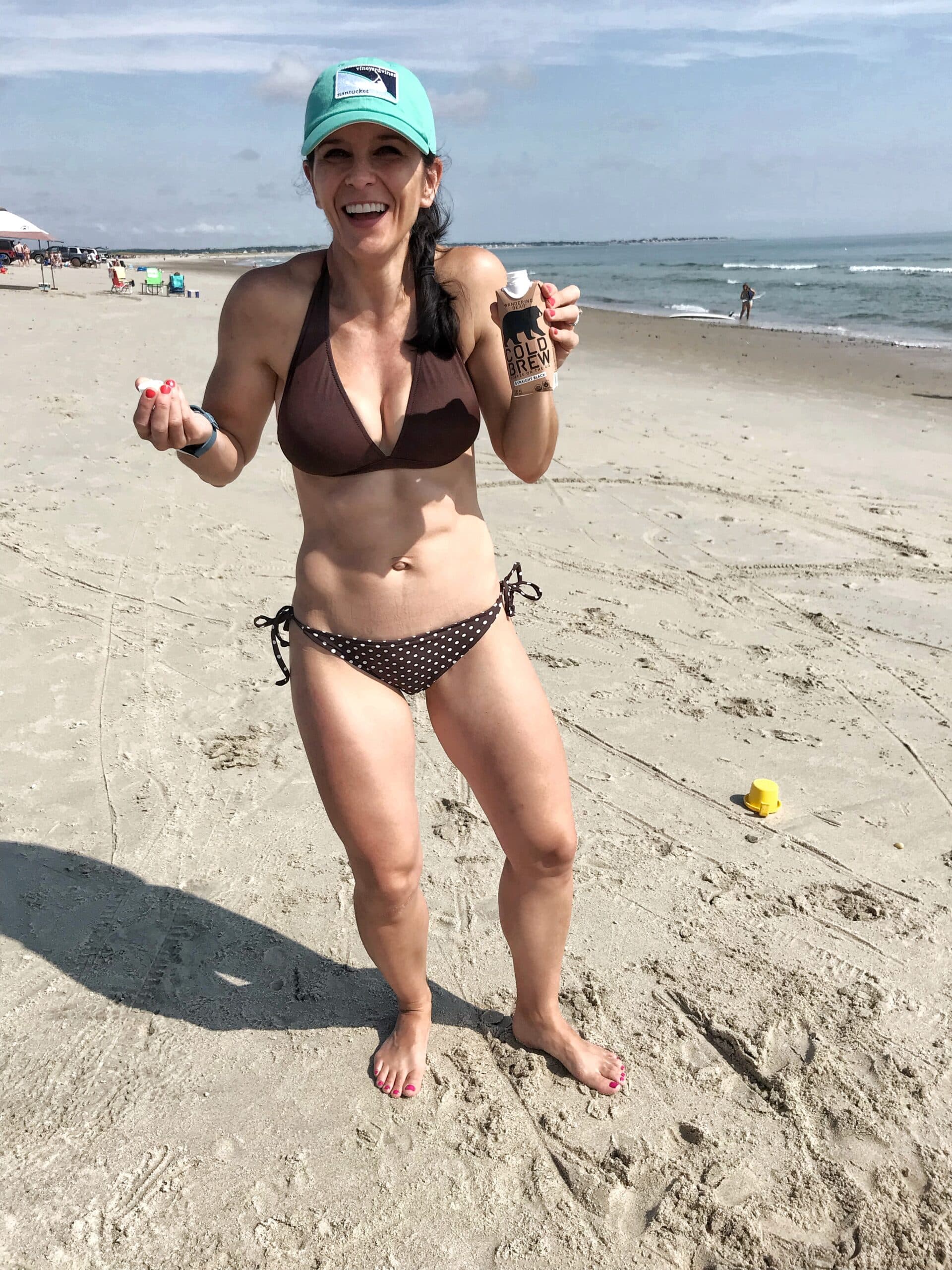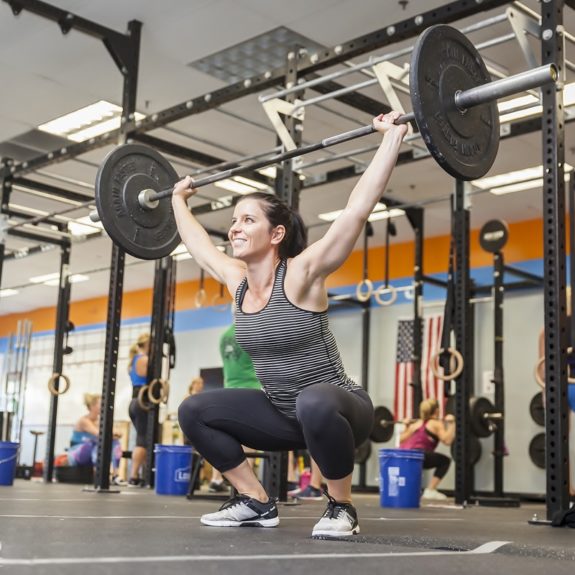I mentioned awhile back that I was finally able to grab a copy of What to Eat When: A Strategic Plan to Improve Your Health and Life Through Food – and boy, am I glad I did! It’s definitely one of the best books on nutrition and healthy eating I have ever read. This is not to say it’s right, but the content is definitely food for thought! Basically, this blog post is a What to Eat When book review. As promised, I’ve put together a brief review to give those of you who are interested in learning more a little sneak peek. Bottom line? This one is well worth the read!
Written by Dr. Michael Roizen, Chief Wellness Officer at the Cleveland Clinic and author of four #1 NYT Bestsellers and Dr. Michael Crupain, Medical Director for the Dr. Oz Show (both doctors are actually consultants for the show), What to Eat When is about exactly what the title states. While we know to focus on the quality and quantity of food, we also need to consider WHEN we’re eating it. Timing our food can make a big difference on our health and wellness in a holistic way, including our energy levels, sleep quality, productivity and overall feeling of wellbeing.

What to Eat When is definitely not a “diet” book, nor does it proclaim the magical benefits of a trendy, fad diet. It’s entirely based on science and offers concrete, peer-reviewed articles, and studies that provide the “why” behind making impactful changes. Rather than just skimming the surface level of food and nutrition advice with no real data to back up the claims, the book offers a plan for gradual, lifestyle-based change rather a sudden shift or crash diet. This, of course, makes it much more likely that readers will stick with changes in the long-term. The book also talks in depth about how food, and particularly the timing of when we eat it, can enhance our lives and increase our longevity. What to Eat When teaches you how to make adjustments that will actually add positivity to your life, rather than detracting something from it, which is what many diet books do.
One of the topics that I found super interesting and kind of gratifying is the case for breakfast. I was literally smiling and nodding my head in agreement as I read. I lovvvveee breakfast! Like I mentioned earlier, I used to naturally follow the “eat breakfast like a king, lunch like a prince, and dinner like a pauper.” It wasn’t on purpose; my body just gravitated towards this way of eating. But after receiving some flack for my small dinners after starting CNC, I decided to beef them up – so I’m feeling a little vindicated! 🙂
Why is breakfast the most important meal of the day?
Drs. Roizen and Crupain mention a study where it was found that those who ate the majority of their calories earlier in the day were more likely to lose more weight (and lose it faster) than those who followed an opposite eating pattern. In fact, our bodies are naturally primed for optimal digestion and nutrient absorption in the morning because that’s when we’re least insulin-resistant and our microbiomes are ready for a meal. As the day goes on, we tend to become more and more insulin-resistant. Interesting, right? And evidence for why breakfast should be your biggest meal of the day!

Drs. Roizen and Crupain acknowledge that while this might be the best-case scenario, it might not work for everyone. (The whole book encourages taking their findings and applying it in a way that works for you, which I loved.) If there’s no way that a big breakfast is happening, then aim to make lunch your largest meal of the day (and try to eat it before 2 pm). Then, eat smaller snacks and a light-ish dinner. This definitely goes against the grain of the standard American model of a small breakfast (or no breakfast), light lunch, and hearty dinner, but the science behind it makes a lot of sense. Plus, I’ve found that when I do eat a larger, filling breakfast, I am more satisfied and less snacky or hangry throughout the day. Because I’m satiated, I can really focus on powering through my to-do list rather than constantly thinking about my next meal or snack.
What about intermittent fasting?
Another popular but highly debated topic that Dr. Roizen and Dr. Crupain touch on is intermittent fasting. Piggybacking off the case for breakfast, the book also cites evidence that our bodies were made to eat in accordance with our circadian rhythm. Basically, eating when the sun shines and giving our digestive systems a rest when it’s dark out. By following this guideline, you will naturally fast for approximately 12 hours every night. This gives your body the break it needs to use up stored glycogen, which allows insulin levels to fall overnight. When your body has burned off all the sugar, it then moves onto burning stored body fat for fuel. This on-and-off switching of fuel sources might be one of the primary reasons why intermittent fasting has been a successful way to lose and maintain weight.
In addition, Drs. Roizen and Crupain suggest that eating a heartier post-workout meal is more beneficial than doing so pre-workout. This is especially true if you are able to work out in the morning after fasting all night. Not only is your body ready for food due to the natural circadian rhythm, but the nutrients are more likely to be delivered directly to your muscles rather than stored as extra sugar. Studies show those who work out in a fasted state burn through body fat faster during a workout than those who exercise after a meal. And the best type of post-workout meal or snack? Anything with a mix of carbs and protein for quick absorption.
The book’s flexible approach to staying healthy while still enjoying yourself also really resonated with me. Instead of an all-or-nothing approach (i.e. indulge the whole time and feel miserable or restrict and still be miserable), Drs. Roizen and Crupain encourage you to approach everything with moderation. You can have your cake and eat it too, but you don’t need to eat all of it, all of the time. (I think that most of us agree that eating cake for every meal would leave us feeling pretty crappy.)
The book offers some great tips for maximizing nutrition while eating out, including a family-friendly competition for who can eat the most fruits and veggies (love this!), checking out the sides at restaurants (which usually include veggie-heavy options), splitting entrees, and not being afraid to ask for substitutions, like a salad instead of fries. It’s also important to remember why you are on vacation in the first place – to spend time with family and friends, relax, see the sights, and experience new thingsFood can obviously be a part of this, but it doesn’t need to be the focal point. This was a great reminder. I’ve been on plenty of vacations where I still remember a truly awesome, one-of-a-kind meal, but never the random cheeseburger and fries I ate just because I felt like I was on vacation and was obligated to indulge.
What’s another way to stay on track while traveling? Get in a workout! Drs. Roizen and Crupain frame the importance of setting yourself up for success by laying a healthy foundation. A quick morning workout before the day gets busy is a part of that. Beginning the day prioritizing your health means that you are more likely to make smart choices. Working out doesn’t need to be super complicated or time-consuming. Head out on a run or a walk or take advantage of the hotel gym if you have access to one. It doesn’t matter if the equipment is lacking or you’re short on time. I mean, some of the toughest workouts I’ve ever performed have been 20 minutes or less!
Drs. Roizen and Crupain are supporters of the notion that you can’t out train a bad diet, and when it comes to seeing results, diet trumps exercise. They make special note of the “treat yo’self” mentality that so many of us fall prey and how using sugary snacks as a reward for a tough, sweaty workout can be detrimental to our overall success and inhibit long-term progress. Just another reason why I’m a proponent for macro counting. The framework allows you to fit your treat into your daily goals, so you don’t overdo it.
Overall, What to Eat When is a really well-organized, research-based and insightful read that provides some great guidelines for improving your health. It’s also not a boring read, which I was worried it would be since it’s very science-y at times. The authors make the data easily digestible and fun, all while emphasizing that the key to finding long-term success isn’t about blindly following diet rules. It comes down to knowing how to look at the “big picture” and apply what works for YOU – your individual needs and lifestyle. Basically, there is no one-size-fits-all approach!

